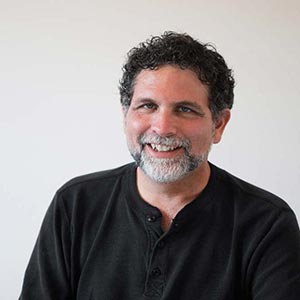In my last post I tried to evoke a sense of how far personally and culturally human beings might have to go in our own evolution in order to be able to overcome our global challenges and ultimately evolve into higher possibilities. In a similar vein in the last chapter of his book “Pragmatism” William James attempts to evoke a sense of how far human beings might be from any Absolute Knowledge of the universe (or as Bateson put it “the way nature works”). In James’s quote he refers to his book “On the Varieties of Religious Experience.” The metaphor he uses to depict how far human understanding might be from any Absolute understanding of Truth is an evocative one.
“I firmly disbelieve, myself, that our human experience is the highest form of experience extant in the universe. I believe rather that we stand in much the same relation to the whole of the universe as our canine and feline pets do to the whole of human life. They inhabit our drawing-rooms and libraries. They take part in scenes of whose significance they have no inkling. They are merely tangent to curves of history the beginnings and ends and forms of which pass wholly beyond their ken. So we are tangents to the wider life of things. But, just as many of the dog’s and cat’s ideals coincide with our ideals, and the dogs and cats have daily living proof of the fact, so we may well believe, on the proofs that religious experience affords, that higher powers exist and are at work to save the world on ideal lines similar to our own.”
James wasn’t writing this in order to lead us to give up on Absolute Truth and lead us toward a nihilistic or materialistic worldview. He simply felt that the effort to “know” Truth Absolute was fruitless. He saw the arguments over the nature of Truth that had ensued for centuries in religious and philosophic circles were ultimately unproductive. Similarly any arguments our pets might have over our human affairs would also most certainly lead nowhere. James wasn’t a disbeliever though; he simply thought there were better justifications for our conviction in Absolute Truth than being able to prove its reality.
I find the image he presents worth some consideration and it relates in a sanse to what I have tried to develop in my last two posts regarding what Gregory Bateson spoke of as the gap between “The way we think” and “the way nature works.” If you think of our pets and the life they live in as tangent to the human life you see that they occupy the same world that we do. They live in the same rooms, they watch the same television programs, listen to the same music, and participate in the same conversations that we do. But there is a whole layer of our world – the conceptual layer of meaning – which they are not privy to.
They may sit on our laps during the evening news program and their eyes may rest on the same images on the screen, their ears vibrate to the same sound waves coming from the speaker. They are sharing our experience, but they do not understand the words being spoken, they do not know that the image on the screen is of a street in New York City and the woman looking at us and telling us about the most recent stock market results is actually located hundreds of miles away and is currently being viewed by millions of people throughout the world.
Our pets share our world, but they don’t share our worldview. They may draw conclusions about the images that flicker on the screen. They may even, in moments of profound revelation, recognize that there is a relationship between those images and the sounds they hear, but any argument they get into as to what those sounds mean is not the best way to spend their time.
James didn’t use this analogy to express the futility of religious belief or mystical experience. He simply felt that the Mystery was in fact a Mystery and it was best to leave it that way. Rather than trying to nail that Mystery down into knowledge about the Mystery, he advocated a different kind of thinking, a pragmatic thinking, in which we examine not our beliefs about what is true, but the realities about how our beliefs lead us to act and what the results of those actions actually are.
In the meandering movement of American Philosophy (as in philosophy in general) there has always been a tension between opposing poles; pragmatic thinking and romantic thinking, empiricism and idealism, scientific and traditional, Plato and Aristotle etc. The history of American thinking has tended to result in the carving out of an alternative possibility between these two poles. Exploring these alternatives, or the path of one developing alternative, is what this blog is devoted to.
